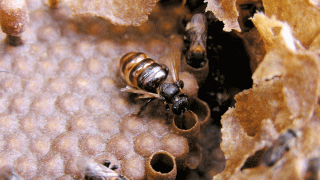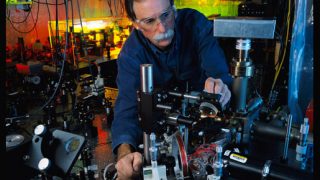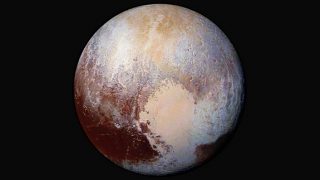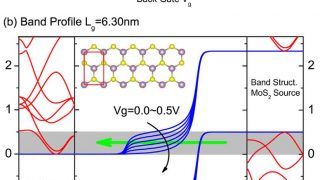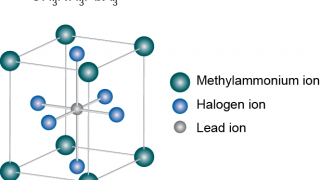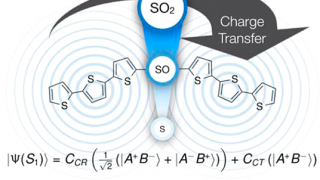
Mimicking Nature’s light-harvesting efficiency: the case of sulphur-bridged terthiophene dimers
In nature, light harvesting organisms make extensive use of energy and electron transfer between adjacent molecules. Thus, in the photosynthetic cell of an algae, bacterium, or plant, there are light-sensitive molecules called chromophores, which contain a π-conjugated system (a system with alternate single and double bonds), arranged in an antenna-shaped structure named a photocomplex. When […]


